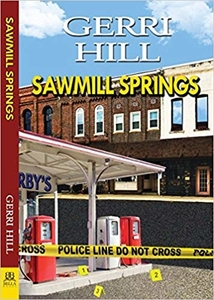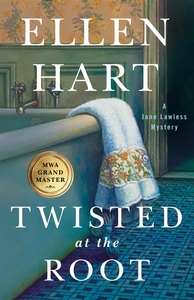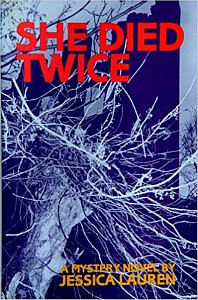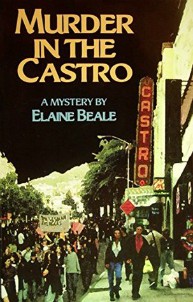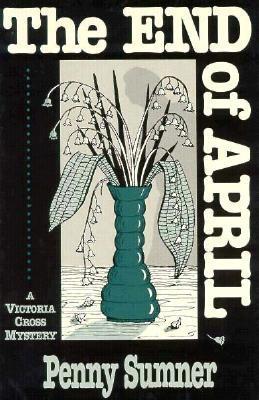This book was a real rollercoaster of a read: I was intrigued by the beginning, felt the middle dragged, and then I was completely on board again by the end. It’s about Caroline, whose best friend, Madison, has just gone missing. Caroline hasn’t been having a great time even before this. Her mother sent herRead More
Susan reviews Sawmill Springs by Gerri Hill
Sawmill Springs, while not perfect, is what I’ve been wanting from Gerri Hill’s police procedurals all this time: a competent-enough mystery with less of the gender- and sexuality-absolutist nonsense that’s put me off her other books. Sawmill Springs is about Murphy, a former Houston homicide detective, and Kayla Dixon, a former FBI agent, who bothRead More
Danika reviews Twisted at the Root by Ellen Hart
I’m pretty new to reading mystery novels, but I picked up Ellen Hart’s previous book and enjoyed it, so I thought I would give this a try. It’s part of the Jane Lawless series, which has been going since 1989! Jane is a part-time restaurateur, part-time private investigator. There is a big cast of characters,Read More
Megan Casey reviews She Died Twice by Jessica Lauren
This is another winner for New Victoria, made even more impressive by the fact that the author was only 25 when she wrote it. On the surface, it tells the story of Emma Kendrick’s childhood friendship with Natalie Mercer, who suddenly disappeared at the age of eight. Over the years, Emma buried the image ofRead More
Megan Casey reviews Murder in the Castro by Elaine Beale
Lou Spencer, your normal, tomboyish young Englishwoman, has fled to San Francisco to escape a bad relationship in her home country. Five years have passed, and although she has been celibate the entire time, she has found a meaningful job as office manager for a LGBT Crisis Management Center. But when one of the Client Advocates isRead More
Megan Casey reviews The End of April by Penny Sumner
Tor Cross is a special kind of private Investigator: one who is trained to authenticate and preserve documents. Her great aunt—an Oxford professor—hires Tor for both of her skills. Not only does and want Tor to validate the authenticity of handwritten Victorian-era erotica, but also to investigate a series of threatening messages received by aRead More
Anna M reviews Small Town Trouble by Jean Erhardt
Jean Erhardt’s Small Town Trouble is the first in a series of mysteries that features the somewhat reluctant detective Kim Claypoole. As the action begins, we find Kim returning to the small Ohio town of her youth to advise her mother on a potentially shady real estate deal. Behind her, she leaves a successful restaurant,Read More

